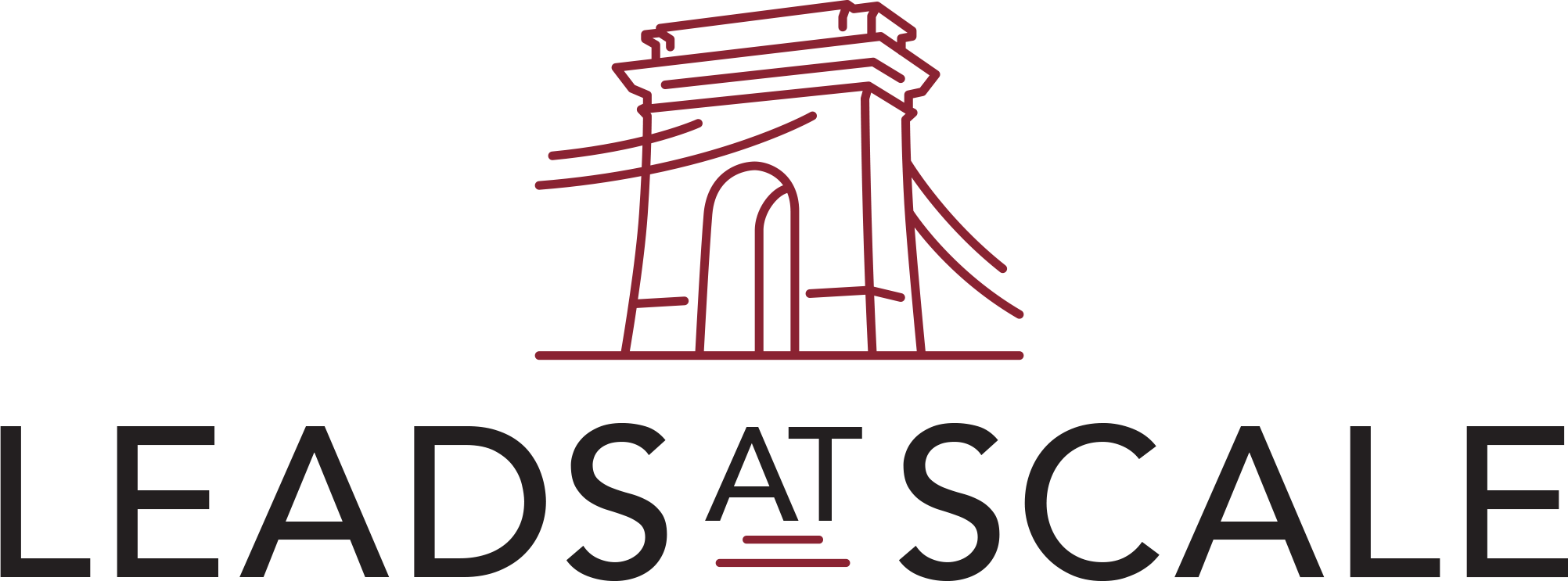Finding the right marketing or sales tactics can be very time-consuming. There are constantly new and evolving trends in the marketing world that seem to be the end-game solution for discovering leads, only for those trends to fizzle and not produce the best results. When it comes down to it, true success within a B2B company comes from focusing on the tried-and-true basics. One of the most basic marketing concepts that work has to be lead qualification. So exactly what is it? What makes it so important? How to qualify your leads? In this guide, we’ll explore everything that business owners and sales professionals need to know about the process and the frameworks that can help your business acquire more and better leads.
What Is Lead Qualification?
Lead qualification is the process of assessing whether a company’s prospective buyers have the ability, willingness, and likeliness to purchase their products or services. In general, an effective lead generation process involves the discovery of a prospective buyer’s actual tangible need for your unique offering, and whether or not that lead has the buying authority or purchase power to actually make the purchase. Just as well, lead generation also involves discovering whether or not a lead has the funding to commit to a transaction.
The whole purpose of qualifying leads is to sift through the seemingly endless sea of prospects to discover the individuals who are the most likely to become customers. What’s the point of committing the same amount of time and energy to sell to each and every lead out there, rather than the ones that are the most likely to buy? Without lead generation, many B2B companies are simply wasting time and their sales teams’ energy.
Why Lead Qualification Is Important?
Lead qualification is important simply because it takes time and resources to sift through a large number of leads. If your sales and marketing reps are distributing their efforts across all leads, they’re missing an opportunity to hone in on specific leads that are the most likely to make a purchase. Discovering your qualified leads could be the most game-changing marketing decision that a B2B brand could make.
What Is A Sales-Qualified Lead?
A sales-qualified lead or SQL is a prospective customer that has been vetted by both sales and marketing reps and is deemed to be sufficiently interested in a company’s offering and making a purchase. This type of lead is good enough to invest time in a discovery call, or a phone call used to initiate a discussion about making a purchase. These are the kind of qualified leads that all B2B companies should be searching for in their pools of leads, as they are the most valuable and most likely to convert.
How To Qualify A Lead?
The first element to consider in your B2B lead qualification process is the lead’s level of interest. Interest shows whether the prospect fits with your products or services and if they’re seriously considering a long-term relationship. What banners have they clicked on? Which product sections have they visited most?
Interest is an important Lead qualifier because it gauges the levels of excitement, curiosity, and intent of your potential lead toward your offering. Among the signals to look for are:
- Frequent visits to your website or product pages.
- Responsive to follow-up calls or emails.
- Making product or service inquiries.
- Showing eagerness during product demonstrations.
Interest can act as a light switch illuminating the most promising leads from the rest. Yet, high-interest levels alone should not be a determinant for qualifying leads. You have to equally assess other factors like need, budget, timing, and authority.
Indeed, it’s worth noting while interest is a vital component in the lead qualification process, it should never be the sole criterion. Some leads may show high enthusiasm initially but might lack the budget or decision-making power. On the other hand, some genuinely interested leads might start slow as they take their time to know your product or service.
When assessing interest, take into consideration their interaction with your content over a certain period of time, as engagement builds trust. You will find reserved prospects warming up to your offerings gradually and becoming high-value sales targets. The age-old wisdom of ‘slow and steady wins the race’ applies well here.
How to Qualify Leads Using Lead Scoring
Most B2B companies will qualify their leads by using something called lead scoring. Lead scoring involves placing point values on different prospects that are as close to the start of the sales pipeline as possible. Typically, lead scoring occurs before a sales representative initiates a discovery call. Lead scoring helps reps understand whether or not a discovery call is even worth it, thus ensuring that reps are only talking to the highest-quality leads possible to minimize resources and time.
A lead score is calculated by using data that includes the buyer profile, business information, behavior online, engagement with social media (for instance, LinkedIn as a good source for leads), engagement with email marketing, information that detects potential bots, and other elements. To establish a benchmark, divide the number of newly acquired customers by the number of overall leads that have been generated. From there, identify the characteristics that are the most valuable to your unique B2B company. Consult with your sales and marketing teams to discover these insights. From there, divide the number of customers acquired by leads that fit those specific characteristics.

Qualified vs Unqualified Leads
Understanding the key differences between qualified and unqualified leads to create the right lead discovery framework for your business:
Qualified Leads:
- Are currently in your company’s nurturing cycle and close to the end.
- Have the right and very clear budget needed to make a purchase and are only looking for solutions that align with their financial capabilities.
- Are decision-makers or stakeholders that can make purchases and conduct their own research on your product or service, as well as competitor offerings.
- Know exactly what their pain point, problem, and solution are, as well as what their specific needs and requirements are in a potential solution.
- Have low churn rates in most cases, as they tend to close on their own.
Unqualified Leads:
- Haven’t been focused on or nurtured sufficiently in order for the sales cycle to close.
- Don’t really understand your product or service offering.
- Can’t afford your product or service, as it is out of their budgeted price range.
- Don’t really grasp what they need for a specific solution, or what their pain point even is.
- Have very high churn rates.
Lead Qualification Frameworks
There are many types of frameworks out there that tell you how to qualify leads. One of the most popular frameworks has to be BANT. This methodology will determine whether the prospect meets the four lead qualification criteria.
BANT includes “budget, authority, need, and timeline.” This framework asks the following questions:
- What is the lead’s budget?
- Can the lead actually make the purchase? Are they decision-makers or key stakeholders?
- Can the product or service solve the lead’s problem?
- Can the lead integrate or use your solution as soon as possible?
By ensuring your prospects fit these lead qualification criteria, marketing teams can determine not only if the prospect is willing, but if they actually have the money and power needed to make a purchase decision.
Budget
An influential aspect of qualifying leads is ensuring that your potential buyer has the fiscal resources necessary to invest in your offering. Effective qualification requires you to confirm they have an allocated budget for your offering. This lead qualification criteria determines whether the lead can realistically enter a buying relationship, making it a key attribute of the qualification process.
Understanding a prospect’s budget goes beyond verifying their ability to afford your product currently. It also provides insight into their ability to engage with you in possible upsells or expansions in future exchanges. Prospects with considerable budgets may indicate greater financial stability and higher growth potential, pointing towards a profitable long-term relationship beyond a single transaction.
However, keep in mind that acquiring this information requires tact. A direct approach might deter the prospective customer from divulging numbers or, worse, scare them away altogether. Subtlety is key. For instance, instead of asking about their specific budget outright, you might question if they have previously purchased similar services or products and probe around the funding for those.
Budget exploration should not discourage interaction with interest-ripe leads whose monetary allocation might not be clear initially. Over time these prospects may unearth funds or recognize that your solution is worth an investment stretch, given its value proposition and ROI benefits. So, keep those communication lines open.
Authority
You wouldn’t waste time trying to sell a cutting edge email marketing software to a company’s janitor. While that may seem like an exaggerated example, it underscores the importance of “authority” in lead qualification. Who is the decision-maker? Are they the right person to talk to and make a deal with?
Not finding out could result in perpetually elongated sales cycles and wasted marketing efforts. Identifying whether your contact is an end-user, influencer, or ultimate decision-maker can enhance the efficiency of your qualifications and solution presentation strategies.
Directly reaching out to key decision-makers can cut down time spent on discussions and negotiations. Meanwhile, understanding the influencers or multi-level contacts involved in a larger organization allows for better positioning of your offering.
One simple way to determine this is by asking directly who else from their team would be involved in making the final purchase decision. Often, key decision-makers will delegate initial info-gathering tasks to someone else but will step in when it comes time to negotiate pricing and contracts. Be prepared for this dynamic.
Need
The second pillar in the lead qualification process is determining a prospect’s need or demand for your product or service. Ascertaining this not only helps in identifying if your solution fits their problem but also plays a crucial part in scoring and prioritizing leads.
In the process of lead qualification, probing into a lead’s needs allows you to map out their intentions and determine how much your product or service aligns with their requirements. Typically, needs can be surface-level, like needing software for better project management, or more profound, like enhancing overall team productivity and efficiency.
Much of this probing can be achieved during initial conversations with the lead, where key questions can be addressed about the challenges they are facing. How critical is their problem? Answering such inquiries will help categorize leads effectively.
Sometimes, leads might not articulate their needs clearly. Active listening and asking pointed questions can help uncover underlying requirements that they might not be cognizant of. Be aware of casual comments or passing remarks as often they hint at deep-seated challenges that your product or service can address.
Recognizing needs doesn’t just end with qualifying leads. It also aids in forecasting future demands, refining product offerings, and enhancing overall customer experience. In short, catering to ‘needs’ acts as a bridge connecting your products to the right customers.
Timing
The timeline or the urgency of a lead’s problem and the need for your solution significantly influence their qualification status. Often, even if all other lead qualifying variables align perfectly, timing can make or break a potential sale. By understanding when they are planning to make a purchase, you can predict the sales cycle’s length and manage resources accordingly.
If a prospect is seeking immediate solutions to their problems, it signals a shorter sales pipeline and higher chances of closing the deal promptly. Leads with pressing needs should be prioritized first, as they do not offer opportunities for quick wins and save you from getting caught up in prolonged negotiations.
Prospects with long-term plans are not to be tossed aside, though. They just require different engagement strategies. It is crucial to nurture these leads throughout their decision-making process until they are ready to purchase. Sharing valuable content like informative articles, how-to guides, or case studies relevant to their problem could keep your product in their mindscape even when the actual purchasing decision lies in some potential future.
Nurturing leads considering long-term purchases can result in higher loyalty and increased customer lifetime value once converted. More often than not, it is worth the wait. Timing thus acts as an essential checkpoint in smarter resource allocation and building better customer relationships during lead qualification.

When To Move Qualified Leads Through The Funnel?
Once you are done with properly qualifying leads, it might seem a bit tricky trying to move them through your sales funnel. You’re already a step ahead by having a qualification process. No leads should be moved through the funnel unless they are qualified, lest you end up with very disorganized lists.
There are three points at which you can move your qualified leads along the funnel:
- As Marketing Qualified Lead or MQL. This lead is one that has been deemed ideal for targeting as a likely buyer.
- As a Sales Accepted Leads or SAL. This lead is one that has shown interest in the product at some point and sales teams are beginning to explore them a bit more to determine their qualifications.
- As a Sales Qualified Lead. This lead is one that made it through to the tail end of your funnel and is considered highly qualified to be sold the product to.
Now that you know what is lead qualification, it’s time to put in the work to generate well-qualified leads. Leads at Scale is a B2B lead generation service dedicated to helping companies build warm sales appointments and the best possible leads, so your business can finally start to grow. Explore our services today to learn more about how Leads at Scale’s services can help your B2B company scale today.



